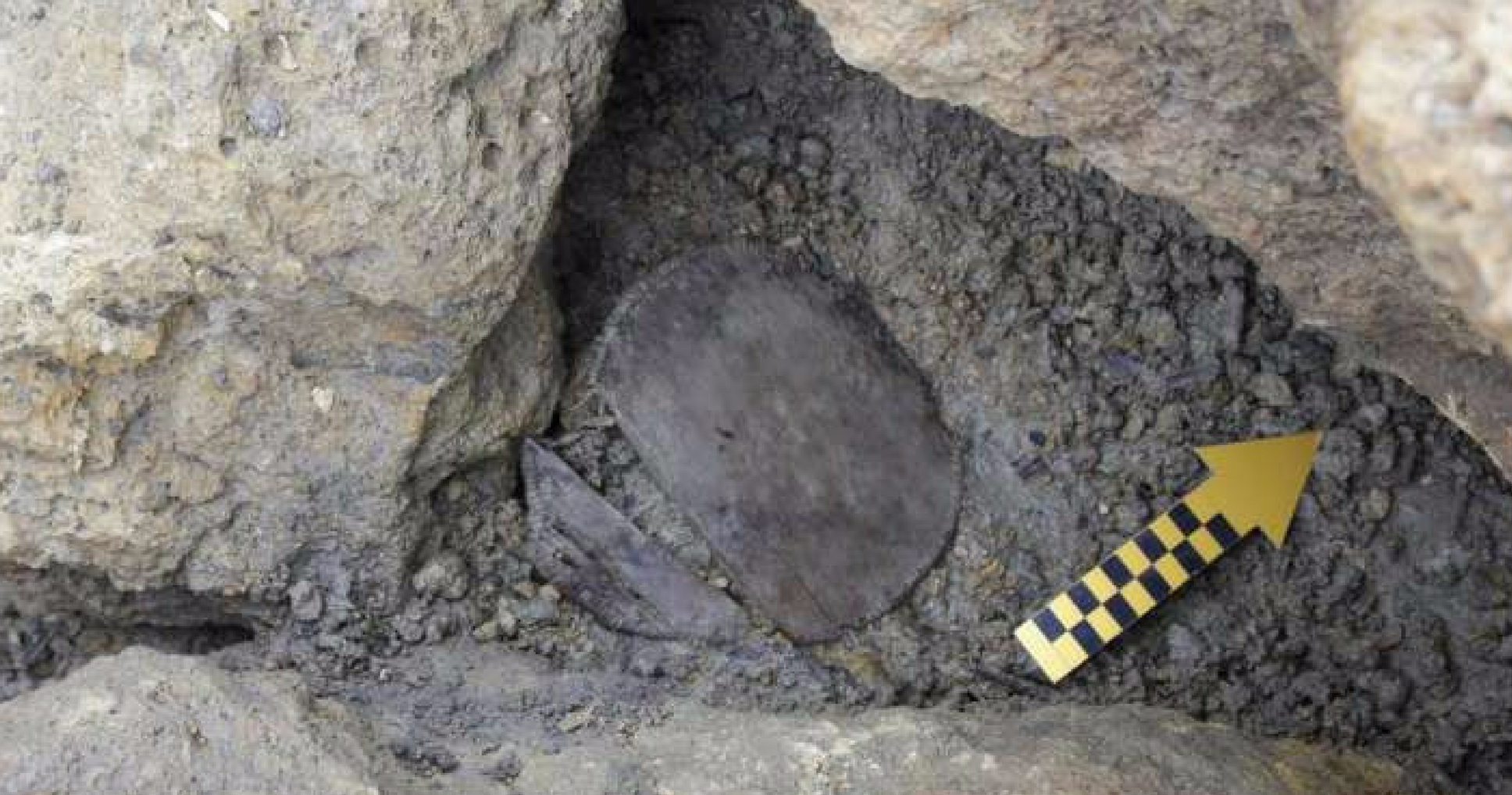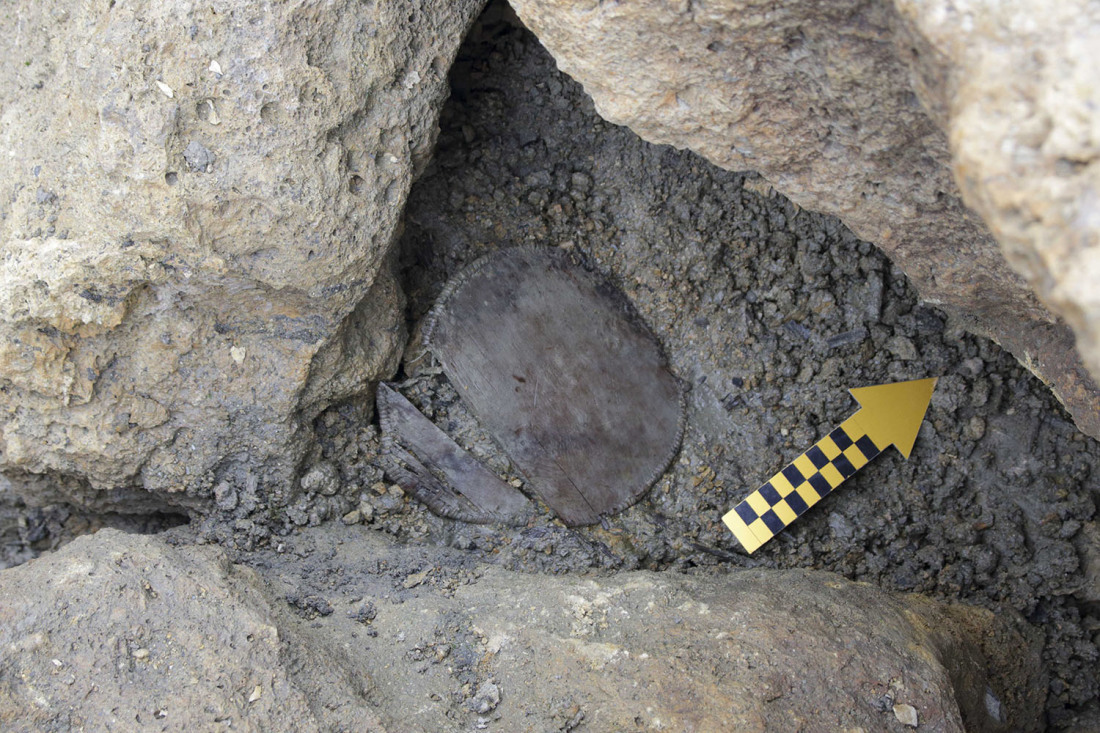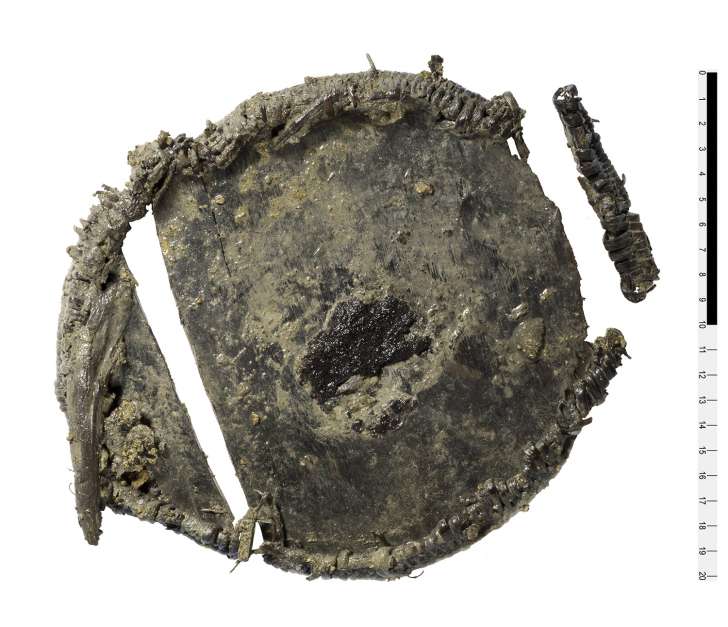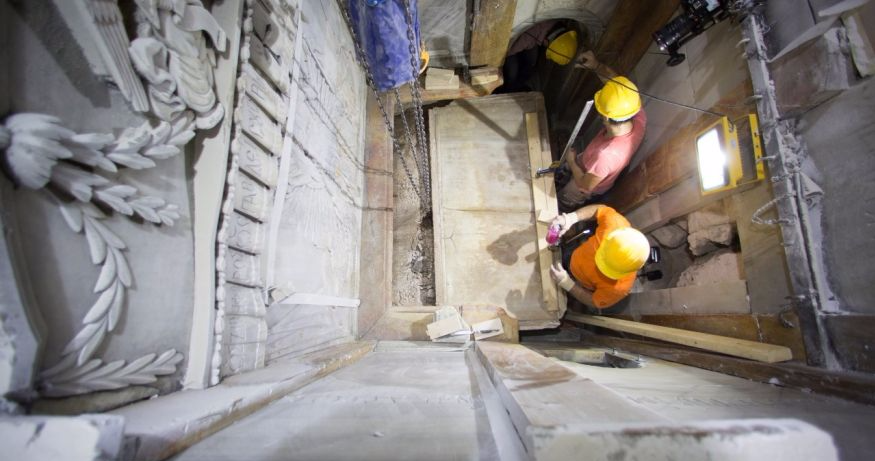Approximately 3,500 years ago, a traveler was making their way through a mountain pass in the Swiss Alps and dropped their lunch box.
Archaeologists reveal that they discovered the wooden container some 8,500 feet above sea level.
This discovery could help archaeologists shed new light on the spread and exploitation of cereal grains thanks to this rare find.
Expecting to find milk residue left behind from a porridge-type meal that was typically eaten by a hunter or herder making their way through the Alps, the researchers were caught by surprise when they found something totally different.
Continue to the next page to find out what was inside.
Noting a mysterious residue on the surface of the artifact, further investigation revealed the surprising discovery of biomarkers that come from wheat or rye grain. Researchers were expecting to find milk residue left behind by porridge or a similar food, so this discovery came as a surprise.
Inside the ancient lunch container were molecular traces of what is believed to be ancient "cereal". A collection of wheat and barely or rye grains were identified inside the artifact. These contents could help experts to learn more about how farming emerged in Europe during the Bronze Age.
"One of the greatest challenges of lipid analysis in archaeology has been finding biomarkers for plants," said the paper's lead author, University of York bioarchaeologist André Colonese, in a news release. "There are only a few, and they do not preserve very well in ancient artifacts. You can imagine the relevance of this study, as we have now a new tool for tracking early culinary use of cereal grains"”it really is very exciting. The next step is to look for them in ceramic artifacts."
"This is an extraordinary discovery if you consider that of all domesticated plants, wheat is the most widely grown crop in the world and the most important food grain source for humans, lying at the core of many contemporary culinary traditions," reported Colonese.
The circular wooden container was discovered in a melting ice patch in 2012. The base of the artifact was made from Swiss pine, and the rim from willow sewn together with European larch twigs. It's lightweight frame would have proven to be ideal for carrying through the Alps.
This is a rare find, because artifacts that are made from organic materials such as wood and leather often don't survive the test of time.
Being able to identify the proteins left behind on empty vessels can help us learn what people were eating and drinking long ago.
This is a really cool find! Read more stories like this including a boy who helped discover a million year old fossil.
Sources: Mental Floss / Eurek Alert!




